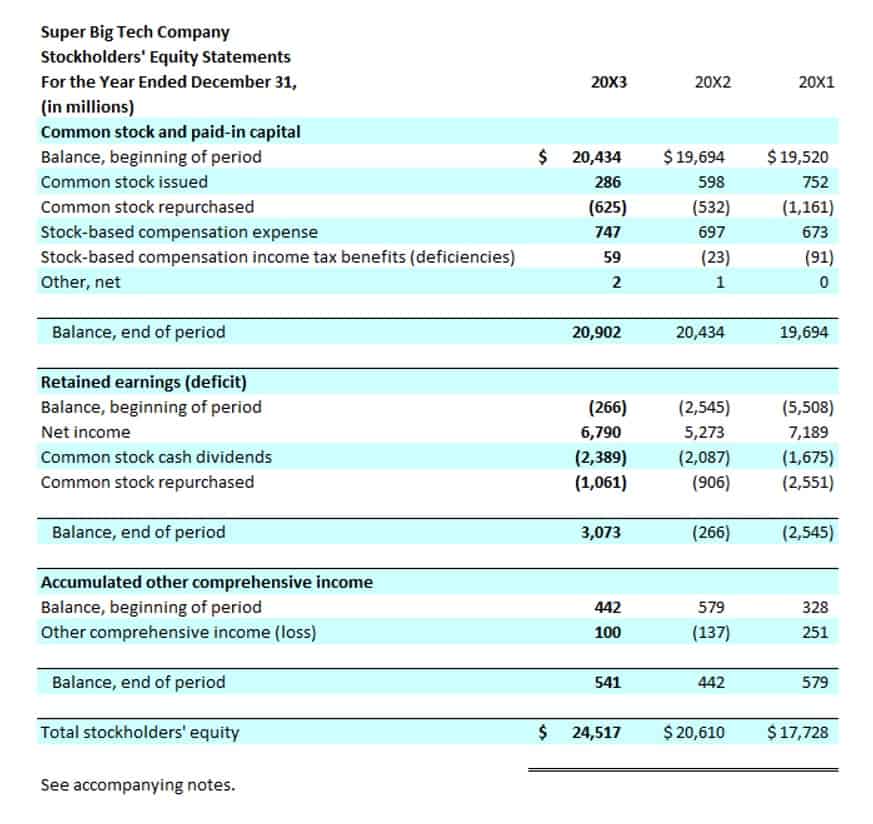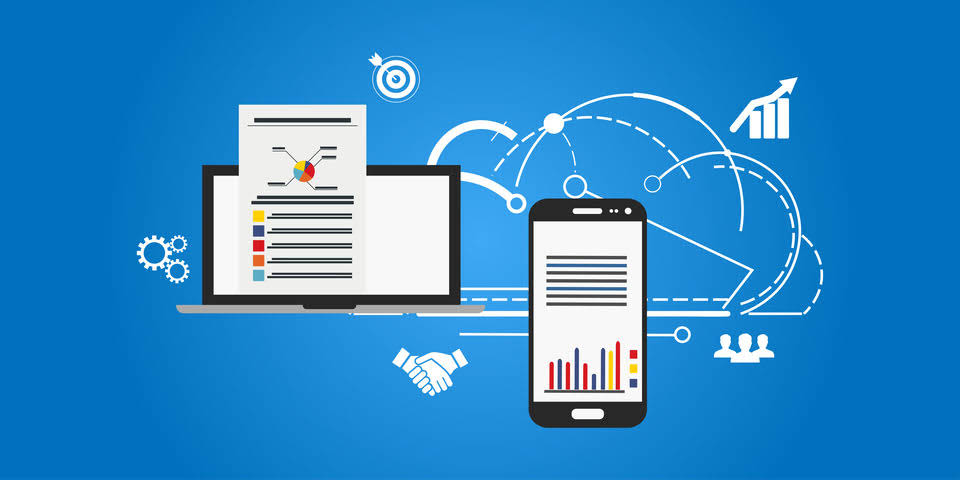
This consideration is particularly relevant when budgeting and prioritizing expenses. It can be of interest to determine the incremental change in cost in a number of situations. For example, the incremental cost of an employee’s termination includes the cost of additional benefits given to the person as a result of the termination, such as the cost of career counseling. Or, the incremental cost of shutting down a production line includes the costs to lay off employees, sell unnecessary equipment, and convert the facility to some other use. As a third example, the sale of a subsidiary includes the legal costs of the sale.
- For example, a restaurant is only allowed to seat 100 people, per the fire department regulations.
- Calculating incremental cost is a valuable tool for decision making in various industries.
- Since incremental costs are the costs of manufacturing one more unit, the costs would not be incurred if production didn’t increase.
- Therefore, knowing the incremental cost of additional units of production and comparing it with the selling price of these goods assists in meeting profit goals.
- If expansion involves leased equipment, businesses must consider classification under ASC 842, which affects balance sheet reporting and lease liability calculations.
- For pricing, it helps determine the minimum price at which additional units can be sold profitably.
Calculating incremental cost

Some custom products might not be readily available for the business to buy, so the business has to go through the process of custom ordering it or making it. Beyond direct costs, businesses must account for increases in overhead expenses such as utilities, maintenance, and equipment depreciation. If a manufacturing facility operates longer hours, electricity and water usage will rise. Some overhead costs remain fixed, but others escalate with increased activity. An incremental cost is the difference in total costs as the result of a change in some activity.
Incremental Overhead

The tobacco business has seen bookkeeping the significant benefits of the economies of scale in Case 3. The incremental cost was kept lower at $70,000 while producing twice its production capacity, leading to a higher net income. As seen in Case 2, incremental cost increased significantly by $55,000 to produce 5,000 more units of tobacco. This happens in the real world as prices of raw materials change depending on the quantity bought from suppliers. Here are some incremental cost examples based on different scales of production.

What Is Production Management System? – Definition, Importance & Benefits
Direct materials, such as raw inputs like steel or plastic, increase proportionally with production. Similarly, direct labor costs rise as more workers or additional hours are required for higher production demands. Variable overhead, including utilities and maintenance, also grows with production volume. For example, say a factory production line is at full incremental costs capacity and therefore the company would like to add another production line. Incremental costs might include the cost of new equipment, the people to staff the line, electricity to run the line, and additional human resources and benefits. All these costs would be considered long-term incremental costs because they would be implemented as long-term aspects of the business.
Incremental Cost vs. Marginal Cost
Discover how incremental https://www.bookstime.com/ manufacturing cost impacts business decisions, its components, and the challenges in accurate calculation. Assume the same facts as in Example A, except that the contract contains a renewal option for an additional three years. Company A pays an additional commission of $5,000 (or 5 percent of total contract value) upon renewal. Because the commissions are the same amount and relate to contracts of equal value, they are commensurate. The amortization for the $5,000 commission relating to the original contract would be just three years. The renewal commission of $5,000 would be amortized over the three-year renewal term.
Comparing Marginal Cost and Incremental Cost

For example, manufacturing an additional 500 units increases the cost of raw materials like aluminum or fabric. Accurate tracking of these costs ensures compliance with financial reporting standards and precise inventory valuations. Effective management of materials, such as bulk purchasing or supplier negotiations, can lead to cost savings and improved profitability. Accurate cost prediction and measurement is critical to properly pricing goods and services. Companies with the most accurate cost measurement can adequately define whether or not they are making a profit, and know how to gauge potential new products and investments.
Understanding incremental costs is beneficial in making the right decisions, making profits, and preventing losses. Before we dive into the examples, let’s briefly recap what incremental costs are. Incremental costs, also known as marginal costs, represent the additional expenses incurred when a company makes a specific decision or takes a particular action.

Incremental Cost Vs Marginal Cost
The incremental cost of offering a free coffee after ten purchases includes the coffee beans and milk. But the incremental benefit—customer retention and word-of-mouth marketing—far outweighs this cost. The use of incremental analysis can help businesses identify the potential financial outcomes of one business action or opportunity compared to another. With that information, management can make better-informed decisions that can affect profitability. In the above formula, the total cost of increased production refers to the previous volume and the new units added to it. However, none of it will include the fixed costs since they will not change due to volume fluctuation.
 IBlogKienThuc Blog Kiến Thức
IBlogKienThuc Blog Kiến Thức